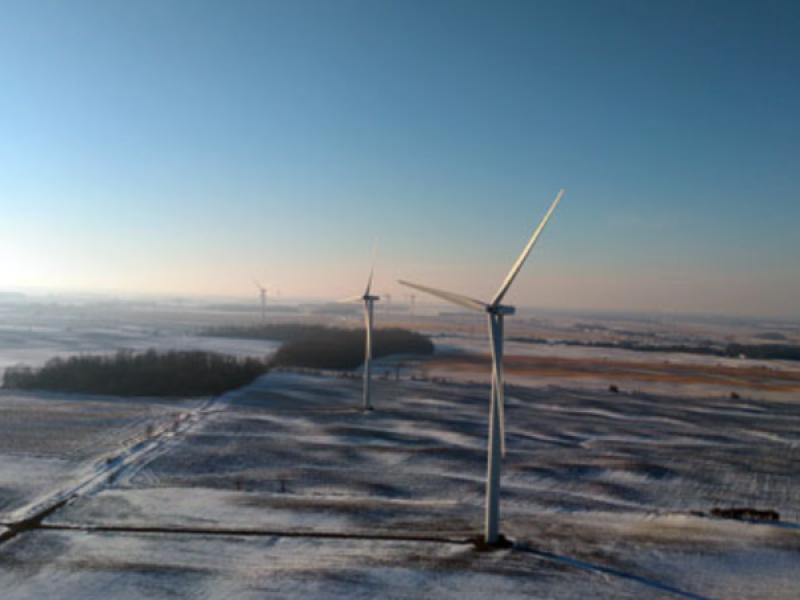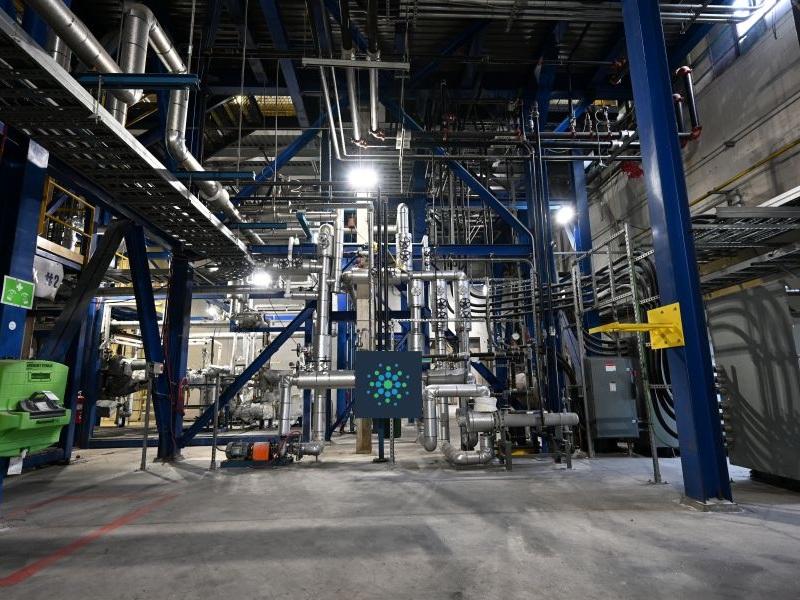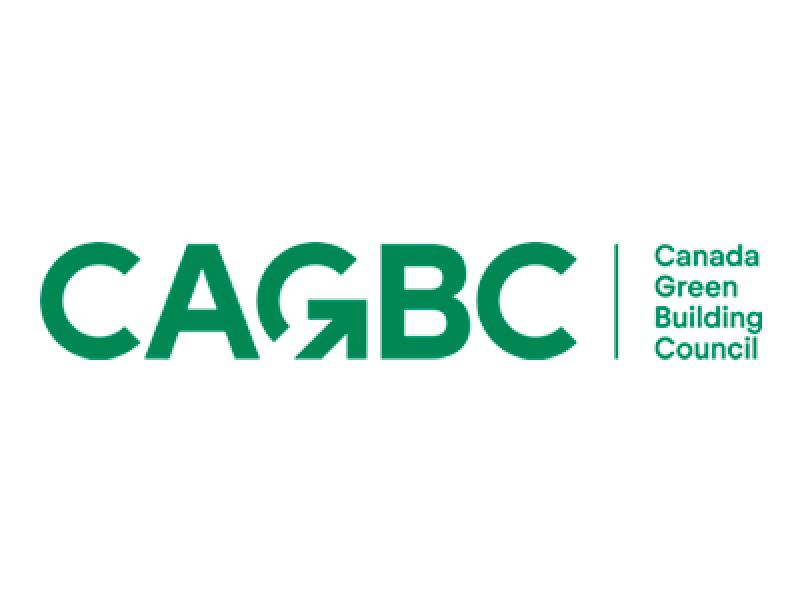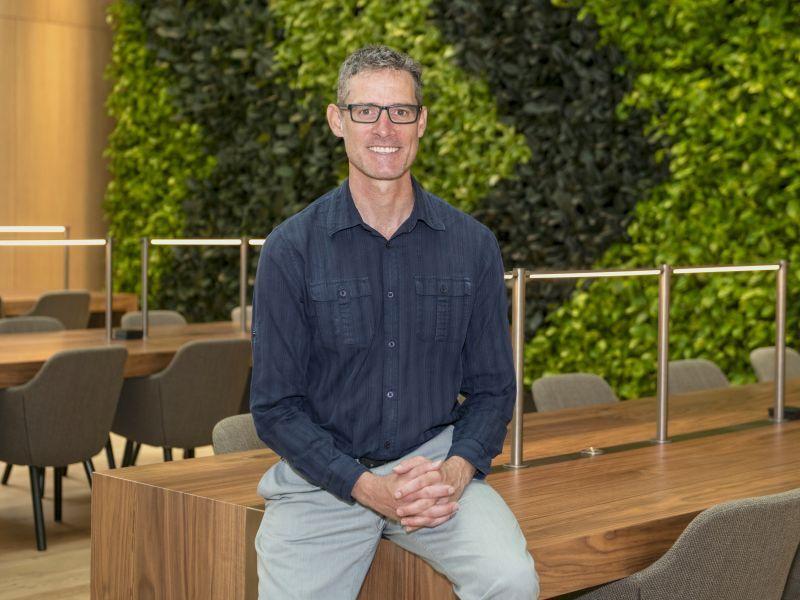
Halifax-based recycling company Sustane Technologies will be more than doubling the plastics capacity at its facility in Chester, N.S., thanks to a partnership with Quebec company Pyrovac Inc.
Sustane is acquiring two of Pyrovac’s reactors that can process plastic waste in an exclusive contract valued at over $7 million, supporting its goal of producing plastic feedstocks that can be reused repeatedly to bolster the circular economy.
The first phase will raise the maximum processing capacity of the first recycling line from 10 tonnes per day to 12 tonnes per day. Phase 2, planned for later in the year, will further elevate that to 25 tonnes per day.
Sustane saw Pyrovac offered a “superior process to the one we had”. So, it decided to collaborate on upgrading its process for higher yields, quality and reliability, Peter Vinall, CEO of Sustane, told Sustainable Biz Canada.
“The relationship built to the point where it just made sense for us to have an exclusive relationship to supply the equipment to us as we grow.”
Sustane’s recycling operations
A cleantech firm focused on household garbage and end-of-life plastics sourced from municipal recycling facilities, Sustane also has the ability to handle rarely recycled plastics such as agricultural waste, ropes used for fishing, plastic bags recovered from the ocean, broken bins and thin films.
Once the wastes are collected, shredded and separated, the organic matter is turned into fertilizer, fuel and a feedstock for renewable natural gas.
For plastics, its process starts by rejecting any unsuitable waste and removing contaminants. The plastics are then vaporized at high temperatures in an oxygen-free environment. The resulting vapours are condensed into a liquid and refined into synthetic diesel and naphtha that can be reused by plastic manufacturers and power the facility’s operations, according to Vinall.
“That can be done an infinite amount of times as opposed to mechanical recycling where you’re really limited maybe once or twice, and it’s almost always involving downcycling.”
Compared to virgin plastics, the feedstock from Sustane’s technology has less than half of the carbon intensity and prevents more plastic waste from entering landfills. Approximately three tonnes of greenhouse gas emissions are prevented with every tonne of waste it processes, according to Sustane’s website.
The first customer of its fuel is Payless Fuels, a local Nova Scotia business. The company has an offtake agreement for most of its output with a global petrochemical major, but Vinall would not disclose the name of the company.
The Sustane-Pyrovac partnership
Pyrovac focuses most of its reactors on processing biomass through thermal decomposition, but it worked with Sustane for years to develop one that can process plastics.
Vinall said Pyrovac invented a reactor that is “simple and reliable and has a novel heating system” which means it can run self-sufficiently. The gas created from Sustane’s recycling process can be burned to generate electricity, covering all the energy needs of Sustane’s facility when combined with Pyrovac’s reactor.
Plus, it is a Canadian company (based in Saint-Lambert-de-Lauzon), and Sustane prefers made-in-Canada solutions, Vinall said.
The first Pyrovac reactor is undergoing testing, and will be shipped to Sustane’s Chester facility in the next two to three months. The first reactor is scheduled to begin operations in the fall.
Once installed, Sustane will expand the recycling capacity to a second line that can handle 25 tonnes of waste per day, Vinall explained. It is expected to be operational by late 2025.
Sustane’s goal is to make the second line a template for its future projects in North America and Europe. To achieve this, it is seeking funding for further development and growth projects, Vinall said.










